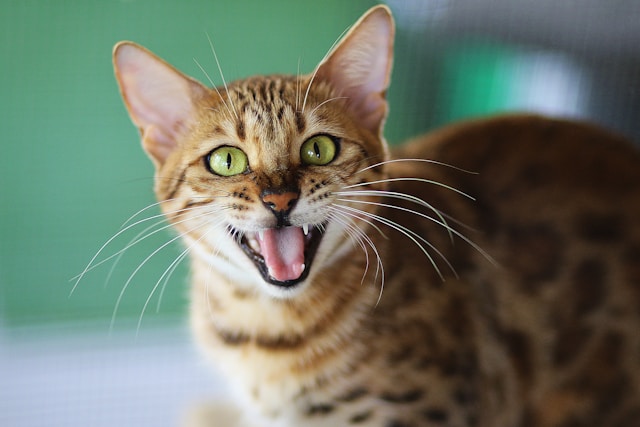
How to Maintain Your Cat’s Dental Health
You might not often think about your cat’s teeth—except when they flash those sharp fangs—but feline dental health is just as crucial as it is for humans. Cats are susceptible to many of the same oral health issues, including plaque buildup, gum disease, and tooth decay. By understanding the risks and recognizing early signs of dental problems, you can take proactive steps to ensure your cat’s teeth and gums remain in excellent condition. Let’s explore the essentials of feline dental care.
Why Dental Health Matters for Cats
Like humans, cats go through two sets of teeth in their lifetime—starting with 26 baby teeth in kittenhood before transitioning to 30 permanent adult teeth. These teeth are essential tools for survival. As natural hunters, cats rely on their sharp teeth for capturing and consuming prey. The pointed fangs are used for gripping and biting, while the rear molars help tear and chew food.
Beyond eating, your cat’s teeth serve multiple functions. In the wild, they are vital for self-defense against predators. Additionally, cats use their teeth to groom themselves, removing dirt and parasites from their fur. When dental issues arise, they can interfere with your pet’s ability to eat, groom, and protect itself, potentially leading to pain and other health complications.
Common Dental Issues in Cats
Just like people, cats are prone to dental ailments that can lead to discomfort, infection, and even tooth loss. Here are some of the most common feline dental problems:
- Gingivitis: This condition occurs when plaque buildup leads to inflamed, red, and sensitive gums. If left untreated, gingivitis can progress into a more serious condition known as periodontitis.
- Periodontitis: This severe gum disease results from bacteria in plaque attacking the tissues that support the teeth. Signs include bad breath, excessive drooling, bleeding gums, and, in advanced cases, tooth loss.
- Tooth Resorption: One of the most common causes of tooth loss in cats, this painful condition causes teeth to erode from the inside out, often below the gum line. Cats suffering from tooth resorption may struggle to chew hard foods or may begin swallowing food whole.
- Tooth Injuries: Feline teeth, though strong, can crack or break due to accidents, falls, or excessive force while chewing. A broken tooth can expose sensitive inner layers, increasing the risk of infection and requiring urgent veterinary care.
Preventative Dental Care for Cats
The good news is that many feline dental issues are preventable with proper care. Regular dental hygiene practices can keep your cat’s teeth and gums in great shape.
Brushing Your Cat’s Teeth
Brushing your cat’s teeth a few times a week is one of the most effective ways to prevent gum disease and plaque buildup. Use a toothbrush designed for cats and a non-fluoride pet toothpaste—human toothpaste contains ingredients that can be harmful to felines. If your cat is resistant, start by gently rubbing its teeth with gauze or a finger brush before transitioning to a toothbrush.
Alternative Dental Care Options
Not all cats tolerate tooth brushing, but there are other ways to maintain oral health:
- Dental water additives can be added to your cat’s drinking water to reduce plaque and bacterial buildup.
- Oral gels and sprays help fight bacteria and freshen breath.
- Veterinary-applied dental sealants create a protective barrier on your cat’s teeth, reducing the risk of plaque formation.
Diet and Toys for Dental Health
Certain foods and toys can also support your cat’s dental hygiene:
- Dental treats and kibble are formulated to help remove plaque while providing essential nutrients like taurine and vitamin E.
- Catnip sticks and chew toys encourage natural chewing behaviors that can help scrape away plaque and massage the gums.
